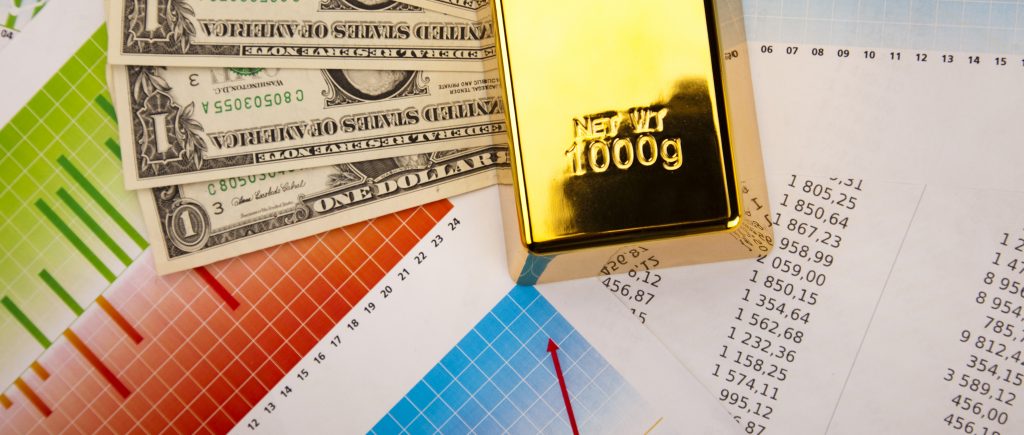As traders watched Israel’s response to Iran’s attack on Tuesday, gold retreated during the North American session on Wednesday and continued to decline by 0.50% each day. Following consecutive gloomy sessions since last Friday, traders’ attention is still focused on geopolitics, which has helped to push up gold prices. The XAU/USD pair achieved a high of $2,663 and is currently trading at $2,648.
US shares are trading in the red, which indicates that the market sentiment is still pessimistic. Various newswires indicate that developments in the Middle East point to a probable escalation. This suggests that the short-term increases in gold prices may be extended.
It is worth noting that gold prices experienced a surge this week, primarily driven by escalating tensions between Israel and Iran. The recent missile attacks and threats of retaliation have created a climate of uncertainty, prompting investors to seek safe-haven assets like gold.
Fed Rate Cut and Economic Data Impact
In addition to geopolitical factors, the Federal Reserve’s decision to cut interest rates has also influenced gold prices. Lower interest rates generally weaken the dollar, making gold more attractive to investors. However, the recent strength in the dollar has somewhat offset this positive impact.
Economic Data and Market Sentiment
The release of economic data, including the ADP National Employment Report and the ISM Manufacturing PMI, has also played a role in shaping market sentiment and gold prices. While strong job growth and manufacturing data can support economic optimism, they can also lead to higher interest rates, which may put downward pressure on gold prices.
Technical Analysis
From a technical perspective, gold prices have been trading near a key resistance level. A break above this level could signal further upside potential, while a breakdown could lead to a pullback.
As the situation in the Middle East continues to evolve, gold prices are likely to remain volatile. Investors should closely monitor geopolitical developments, economic data, and the Federal Reserve’s monetary policy stance.
Gold prices have surged amid escalating tensions between Israel and Iran. The Federal Reserve’s interest rate cut has provided support to gold prices. Economic data, including job growth and manufacturing activity, has also influenced market sentiment. Technical analysis suggests that gold prices are approaching a key resistance level. The outlook for gold prices remains uncertain, as geopolitical risks and economic factors continue to evolve.

 Noor Trends News, Technical Analysis, Educational Tools and Recommendations
Noor Trends News, Technical Analysis, Educational Tools and Recommendations




